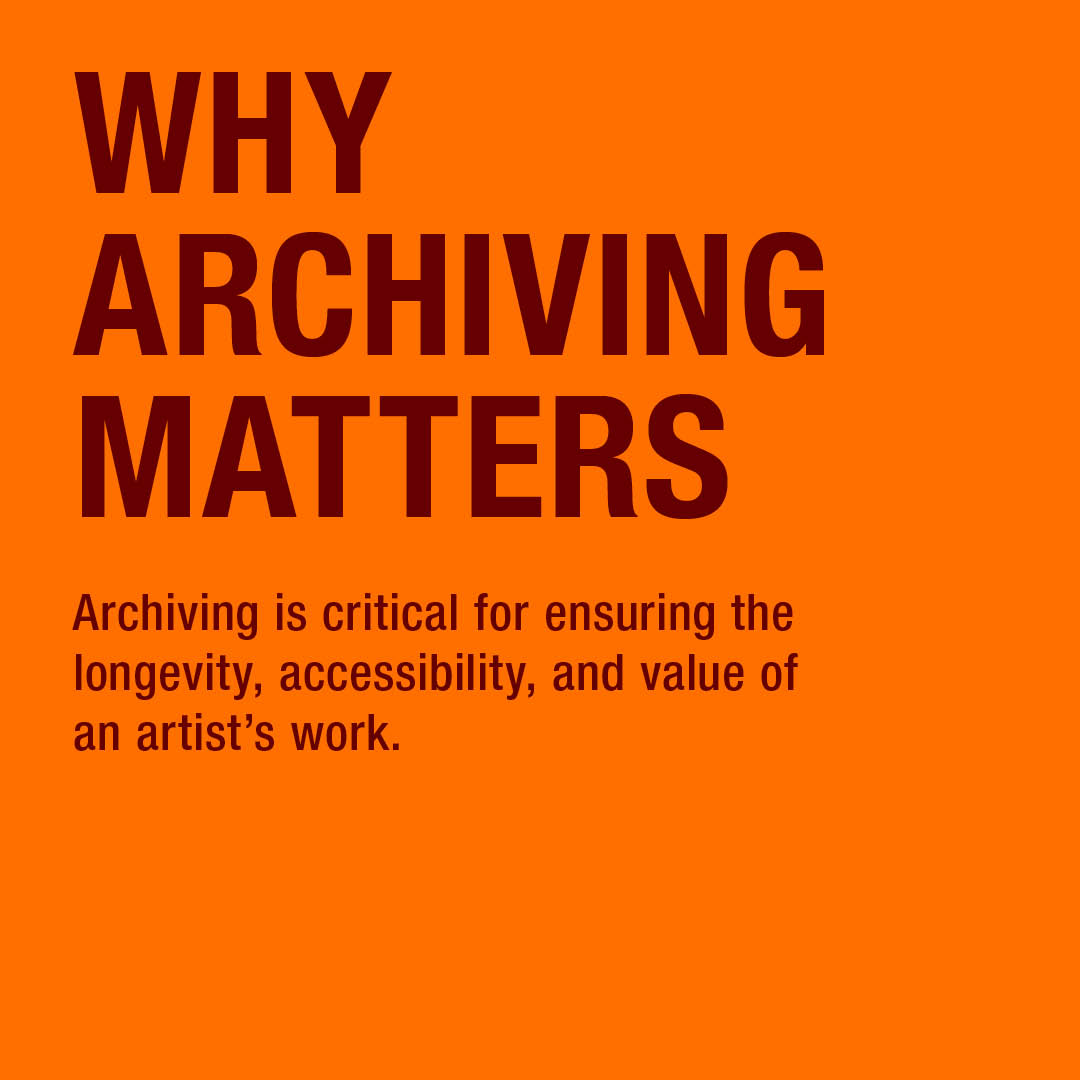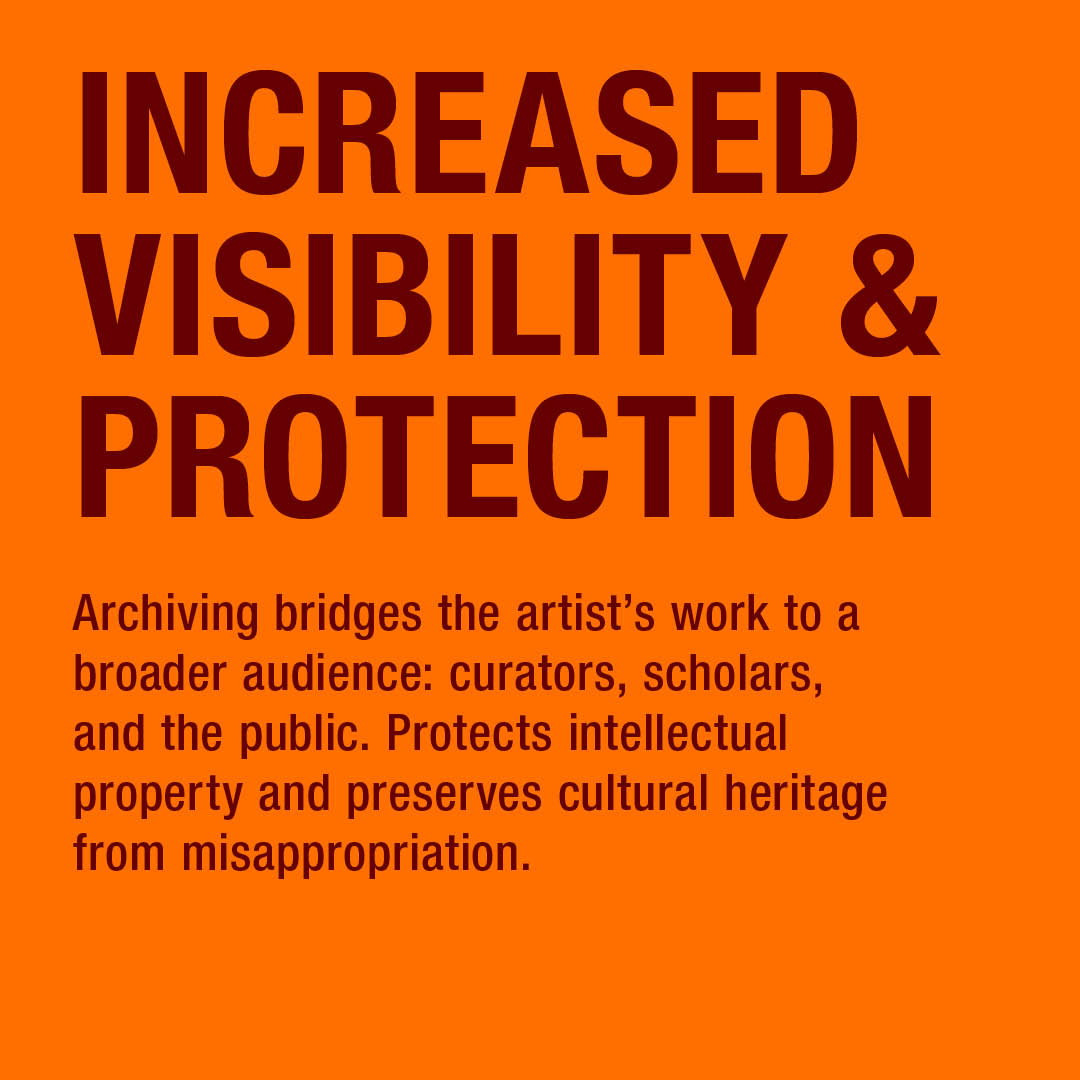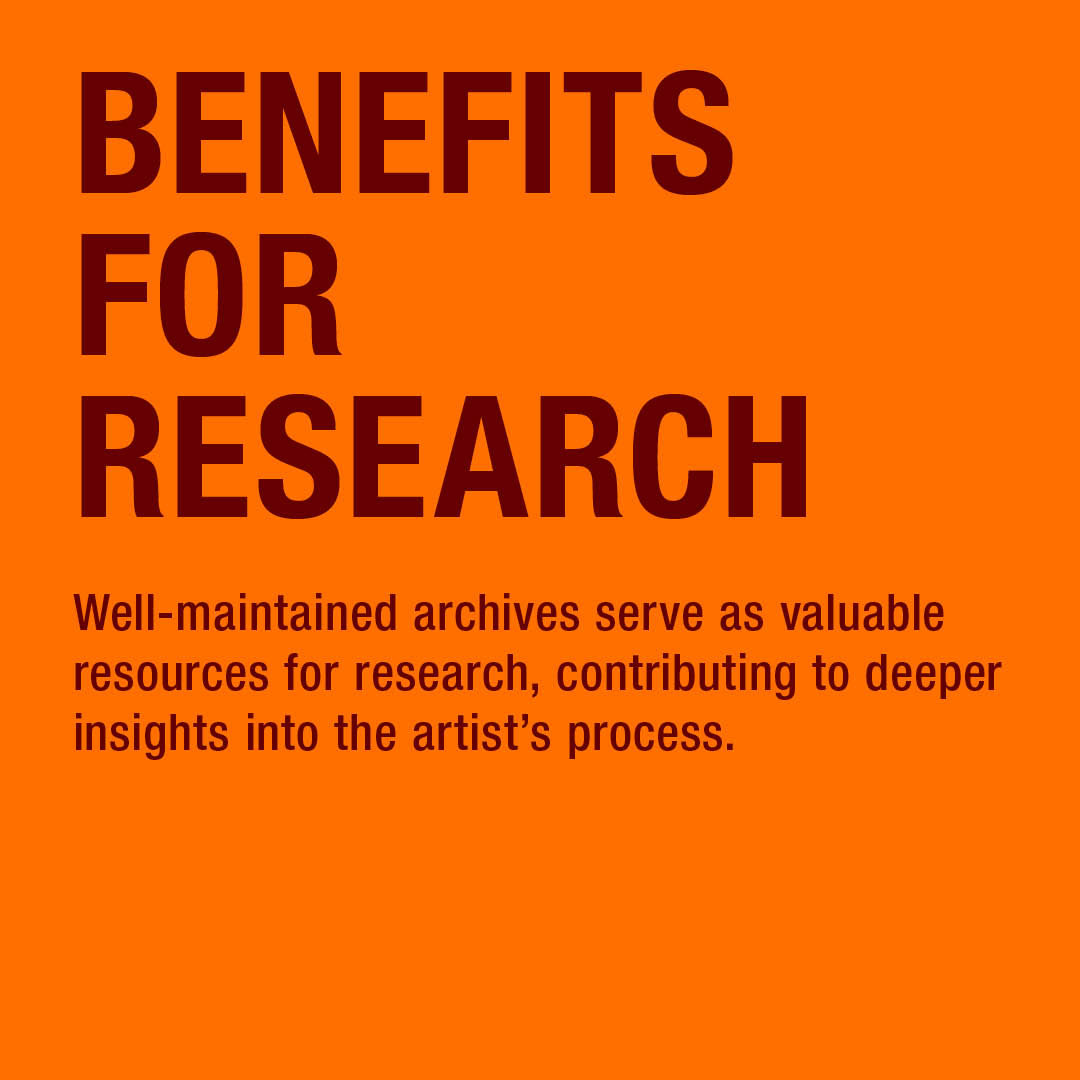


The Necessity of Archiving for Artists
Preserving Legacy and Ensuring Continuity
Archiving is often seen as a mundane task, reserved for librarians or historians, but for artists, it is a critical practice that ensures the longevity, accessibility, and value of their work. The example of Assyrian artists, both past and present, highlights the dire consequences of neglecting this crucial aspect of the creative process. Many of these artists, despite their significant contributions to the cultural landscape (thinking of Hannibal Alkhas), have seen their work slip into obscurity due to inadequate archiving. Additionally, our living musicians within the Assyrian community struggle with the whereabouts of their master tapes or the preservation of their seminal works from the 1980s.
Archiving is not just about storing old materials; it is about preserving the essence of an artist’s journey for future generations. Art is a reflection of its time, and when properly archived, it becomes a time capsule for future generations to access and understand the cultural, social, and political climates of the past. For Assyrian artists, whose work often carries the weight of their people’s history and struggles, archiving is an essential act of cultural preservation. Without a proper archive, the nuances of their contributions could be lost, leaving a significant gap in the understanding of Assyrian identity and artistic expression.
An archive acts as a bridge between the artist’s work and the world. When systematically archived, an artist’s work becomes more accessible to a broader audience, including curators, scholars, and enthusiasts. This increased visibility can lead to more exhibitions, publications, and recognition. For artists from underrepresented communities like the Assyrians, this visibility is crucial in ensuring their narratives are included in the global art discourse.
In the digital age, where unauthorized reproductions can be widespread, maintaining an archive serves as a record of ownership. Artists who have clear documentation of their work are better equipped to assert their intellectual property rights and protect their creations from unauthorized use. For Assyrian artists, whose works may also be tied to cultural heritage, this protection extends to safeguarding their cultural expressions from misappropriation.
Artistic archives are invaluable resources for researchers and scholars. They provide insights into the artist’s process, influences, and evolution over time. By making their work accessible through archives, artists contribute to a deeper understanding of their craft and its impact on the art world. For Assyrian artists, whose work often intertwines with historical narratives, archiving facilitates scholarship that can elevate their contributions within broader historical and cultural contexts.
The integrity and authenticity of an artist’s work is important in the art market. Well-maintained archives contribute to the origin of a piece, making it more desirable to collectors and institutions. For Assyrian artists, ensuring that their work is properly archived not only increases its market value but also secures its place in museums and private collections, ensuring that it is cherished and preserved.
FOLLOW THESE SIMPLE STEPS!
Archiving might sound like a big task, but it’s about organizing and preserving your art so that it can be found, understood, and appreciated in the future. Here are some simple steps.
- Keep Track of Your Work
-
- Every time you finish a piece, take a high-resolution photo. This is especially important for physical works like paintings or sculptures.
- Give every artwork a name and date you created it. This helps you keep a timeline of your creative journey.
- Create a folder on your computer (and back it up) where you store these images and details. Organize by year or series to make it easy to find later.
- Document Your Process
-
- For each piece, jot down some notes about what inspired you, what materials you used, and any significant moments during the creation process. This adds context to your work.
- Don’t throw away your rough sketches! Keep a digital or physical folder of drafts, sketches, and notes that show how your ideas developed. The messier the better!
- Use Digital Tools
-
- A personal website is a great way to keep track of your work and share it with others. DON’T DEPEND ON SOCIAL MEDIA AS AN ARCHIVE!!! These platforms are constantly changing.
- Use cloud storage (Google Drive, Dropbox, etc.) to back up your files. This ensures your work is safe even if something happens to your computer.
- Trust me, I know it’s tedious, but ensure every file includes basic metadata (title, year, medium) in the file name or digital properties. This will make your work much easier to search for and identify.
- Store Physical Works Properly
-
- If you have physical art, store it in a dry, cool place. Use acid-free materials to prevent damage, and label everything clearly.
- For works on paper or canvas, consider framing them to protect from damage or invest in protective sleeves.
- Track Exhibitions and Sales
-
- Whether you’re selling your work or putting it in an exhibition, note where each piece has been and its current location.
- Use a spreadsheet to track each piece’s status, where it’s been shown,
and if it has been sold or gifted.
I want to conclude by restating that the lack of proper archiving for many Assyrian artists has resulted in the loss of priceless cultural and artistic treasures. As the world becomes more digitally oriented, the opportunities for archiving have expanded, offering artists new tools to safeguard their work. However, it remains the artist’s responsibility to acknowledge the importance of archiving and take proactive steps to ensure their legacy endures. Archiving is not just about the past; it is about securing the future. For Assyrian artists, specifically, archiving serves as an act of cultural preservation, intellectual safeguarding, and a way to ensure their voices resonate long after they are gone. By prioritizing archiving, artists can ensure that their work remains a vital part of the cultural fabric for generations to come.
